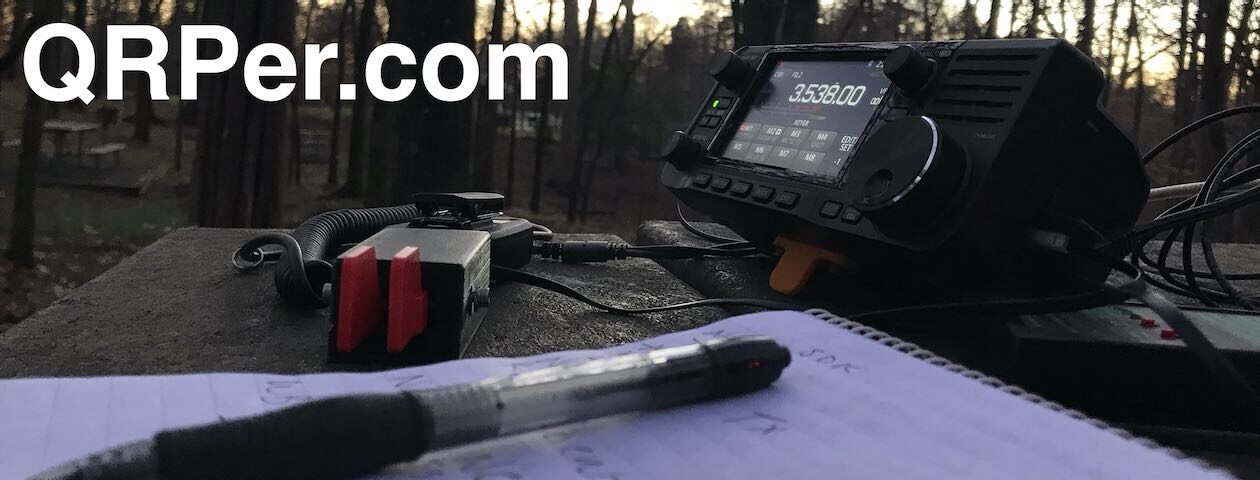 On the morning of Tuesday, July 25, 2023, I packed an overnight bag, grabbed my Elecraft KX2 and Chelegance MC-750 then drove to Charlotte, NC.
On the morning of Tuesday, July 25, 2023, I packed an overnight bag, grabbed my Elecraft KX2 and Chelegance MC-750 then drove to Charlotte, NC.
I go to Charlotte very rarely these days, but somehow in July of this year, I managed two separate visits. Before that, I think I was last there four years ago to catch a flight to Denver.
My main excuse for visiting Charlotte on the 25th was to give a presentation at the Mecklenburg Amateur Radio Society’s monthly meeting.
Since I was in Charlotte for most of the afternoon, I also used it as an opportunity to do a bit of car shopping and test driving. Very soon, I’ll have two new drivers in the family, so we plan to add another vehicle to the mix sometime within the next few months.
While driving to Charlotte I contacted the President James K. Polk State Historic Site. I had never visited this site before so wasn’t sure what to expect. I did a bit of research Monday evening and discovered that their hours were from 9:00 AM to 5:00 PM; typical hours for NC State Historic sites.
I knew my schedule would be tight. The park is located on the south west side of Charlotte (in Pineville) and my 3:00 test drive was in the north east part of Charlotte. If you’ve ever driven in Charlotte, you’ll know that driving times are unpredictable once 4:00 hits. I figured I might not arrive until 4:30 or later.
En route to Charlotte, I called the park to ask for permission to do an activation. Anytime I plan to activate a smaller park like a historic site, I always seek permission first from the park staff in advance. Often, they have restrictions about where you can set up and the types of antennas you can use (some historic and archaeological sites, for example, don’t allow any stakes in the ground or lines in trees).
The park staff gave me a thumbs up to do the activation. I didn’t expect them to deny me because this particular park has been activated over 150 times. No doubt, it’s so popular because it’s the closest park to the Charlotte metro area.
I then asked the staff if they closed all of the park grounds at 5:00 or only the visitor’s center. My hope was that, like the Vance Historic Site, they left the park gates open after hours. Unfortunately, the staff member confirmed that they do indeed close the entire site at 5:00, but he added, “you can certainly do your activation up to closing time, though.” He knew I would be pressed for time to fit in this activation.
Fortunately, I made good time to Charlotte and actually was able to bump up my appointments. I finished my last test drive a little after 3:00 and made a beeline for the park.
I arrived on site around 4:00 PM.
President James K. Polk State Historic Site (K-6848)
 Before hitting the picnic area, I walked into the visitor’s center to ask where they prefer that I set up. Plus, I wanted to check out some of the displays in the museum!
Before hitting the picnic area, I walked into the visitor’s center to ask where they prefer that I set up. Plus, I wanted to check out some of the displays in the museum!
I chatted with the park staff for a good 15 minutes or so. They were incredibly kind and very familiar with POTA (of course). They were especially familiar with my buddy Max (WG4Z) who lives nearby and activates the site frequently. He’s evidently been a great POTA ambassador!
Having spent so much time in the visitor’s center, I was only left with 45 minutes to complete my activation from setup to pack-up. Continue reading A Speedy QRP POTA Activation of the President James K. Polk State Historic Site
























































